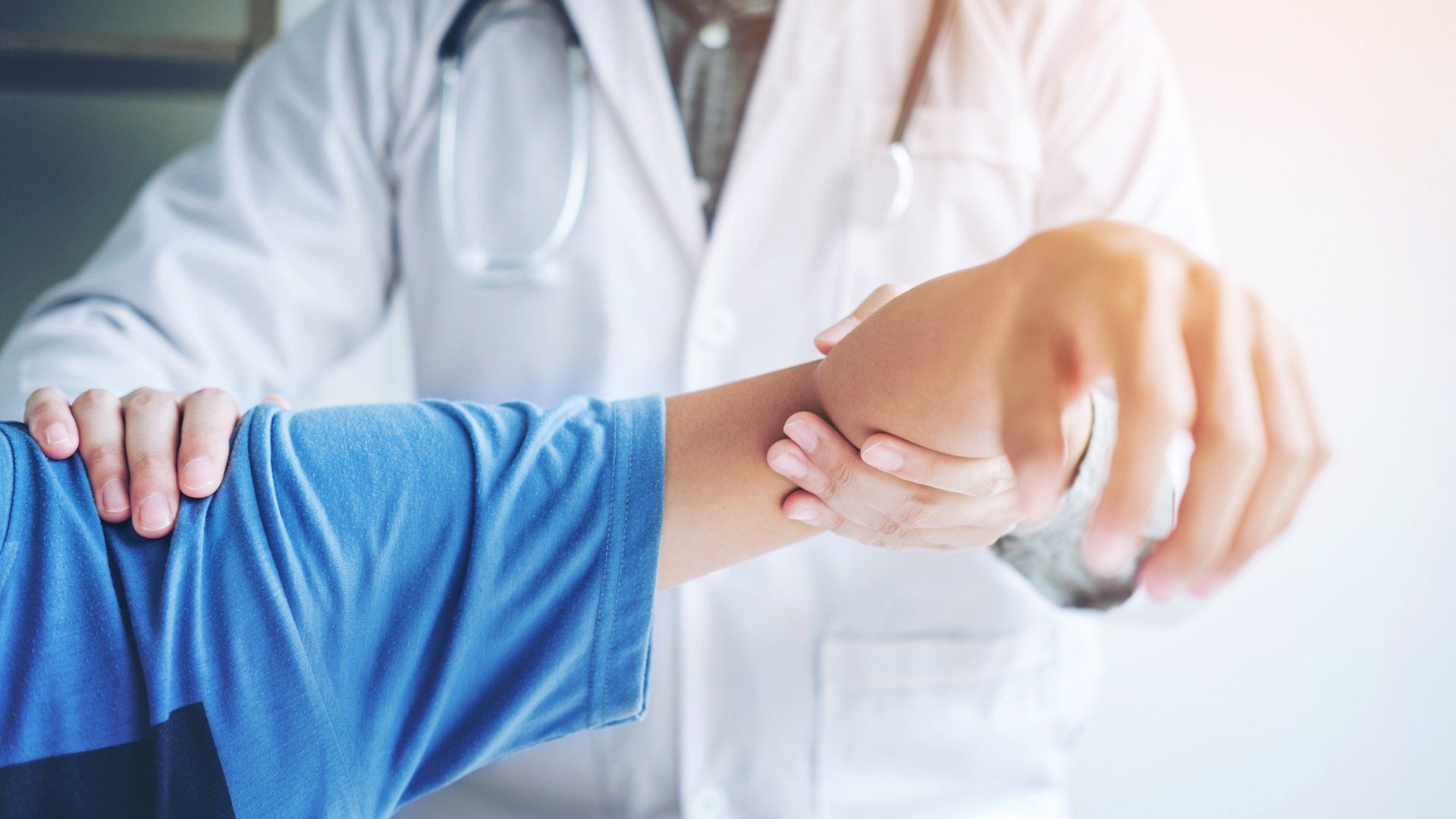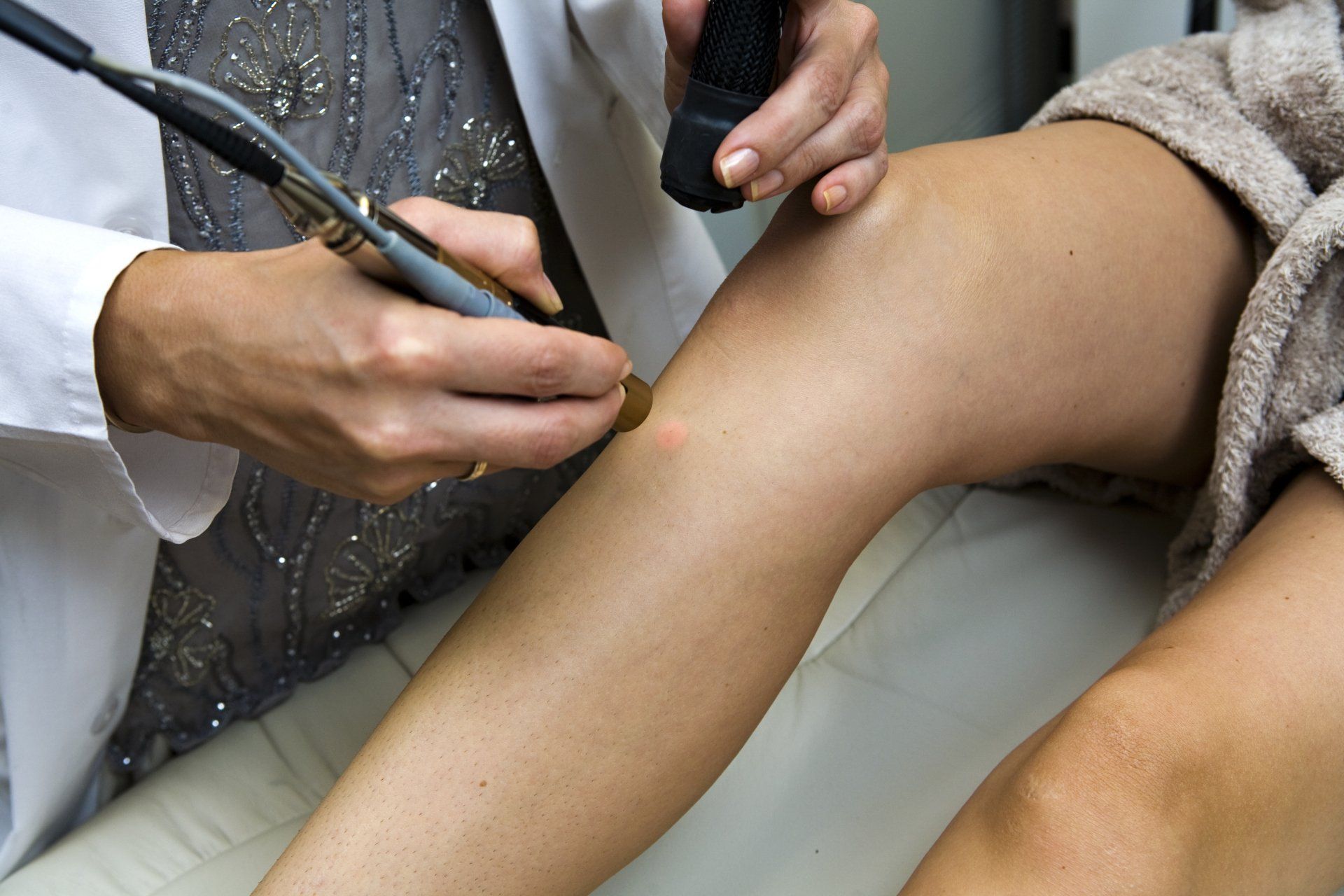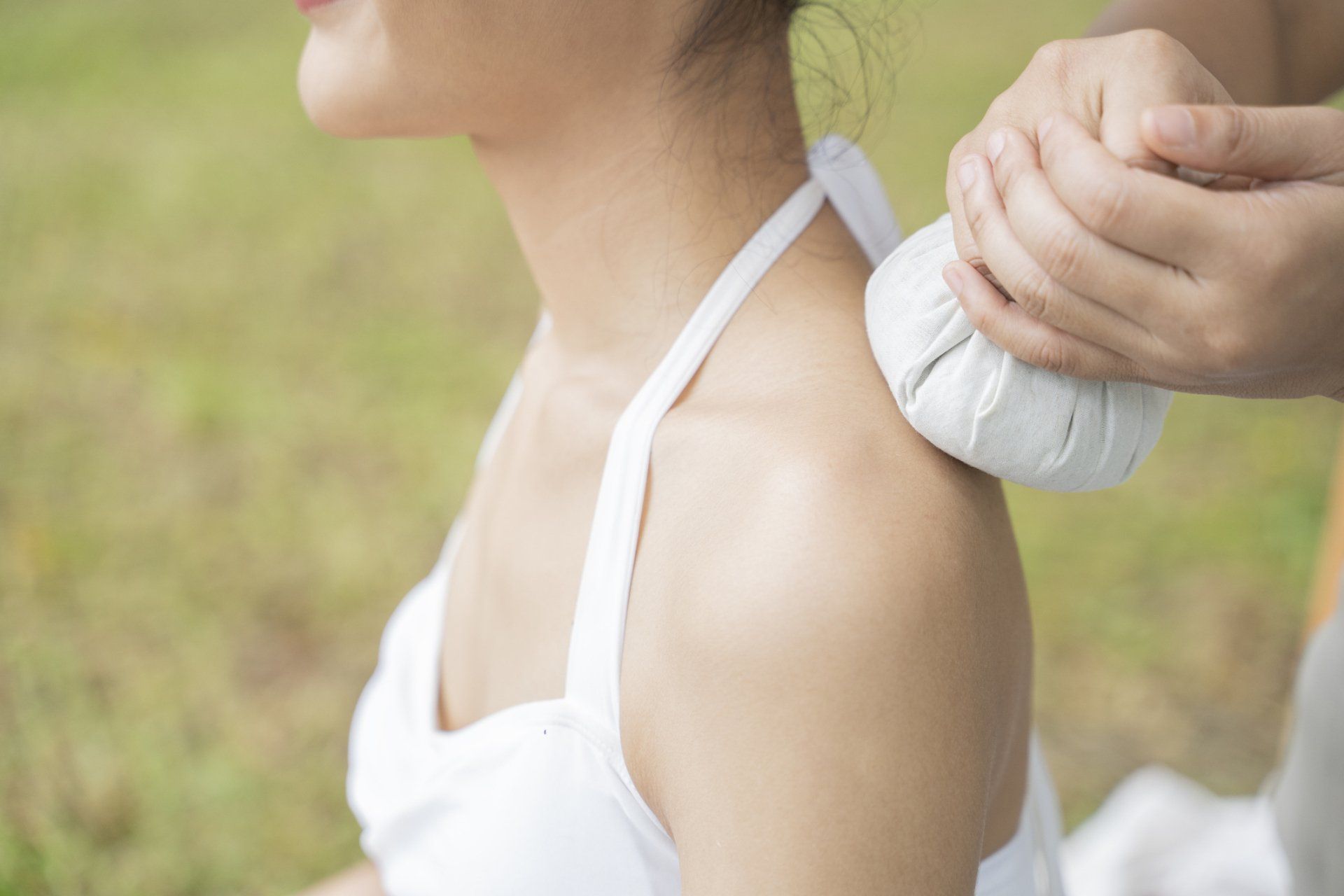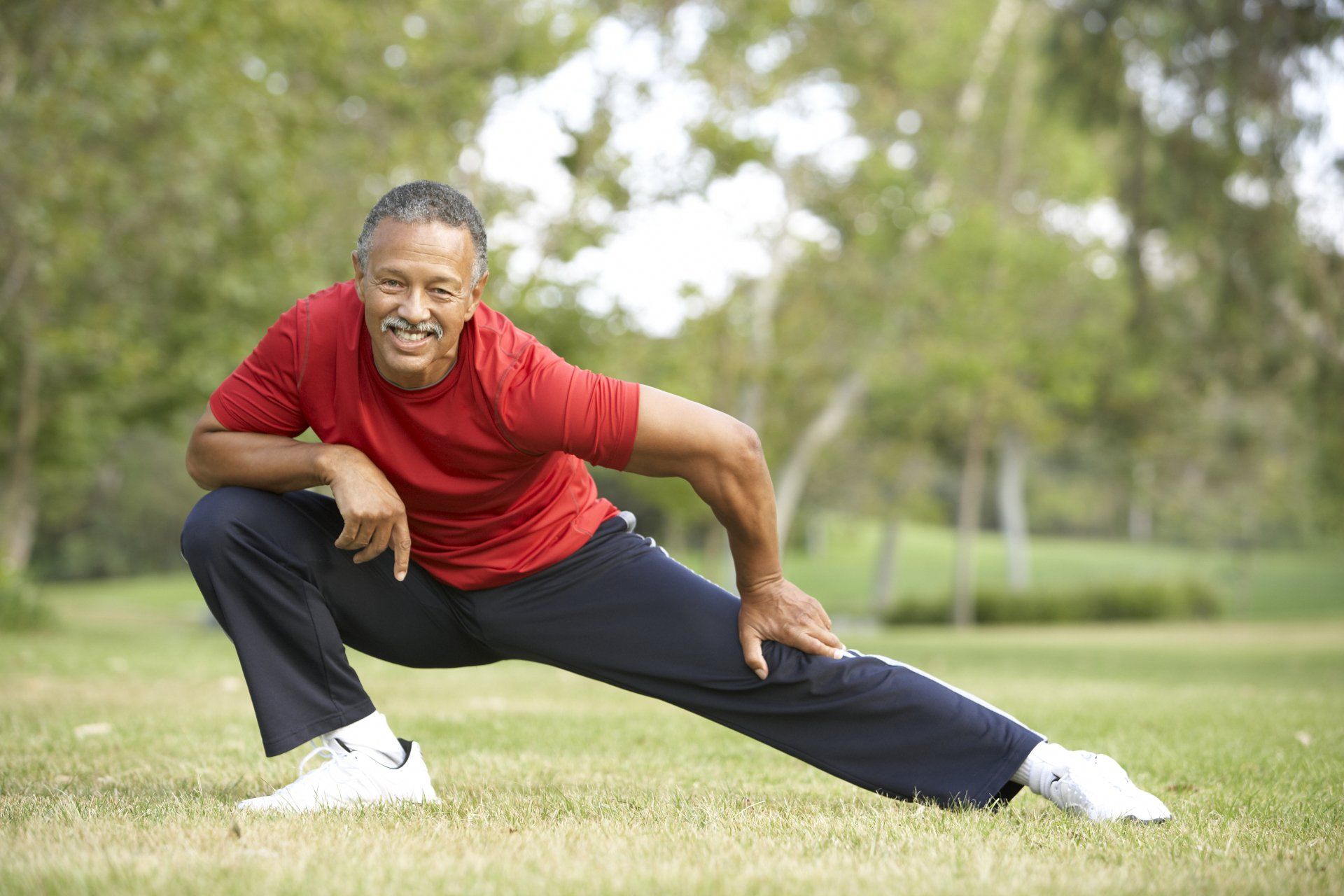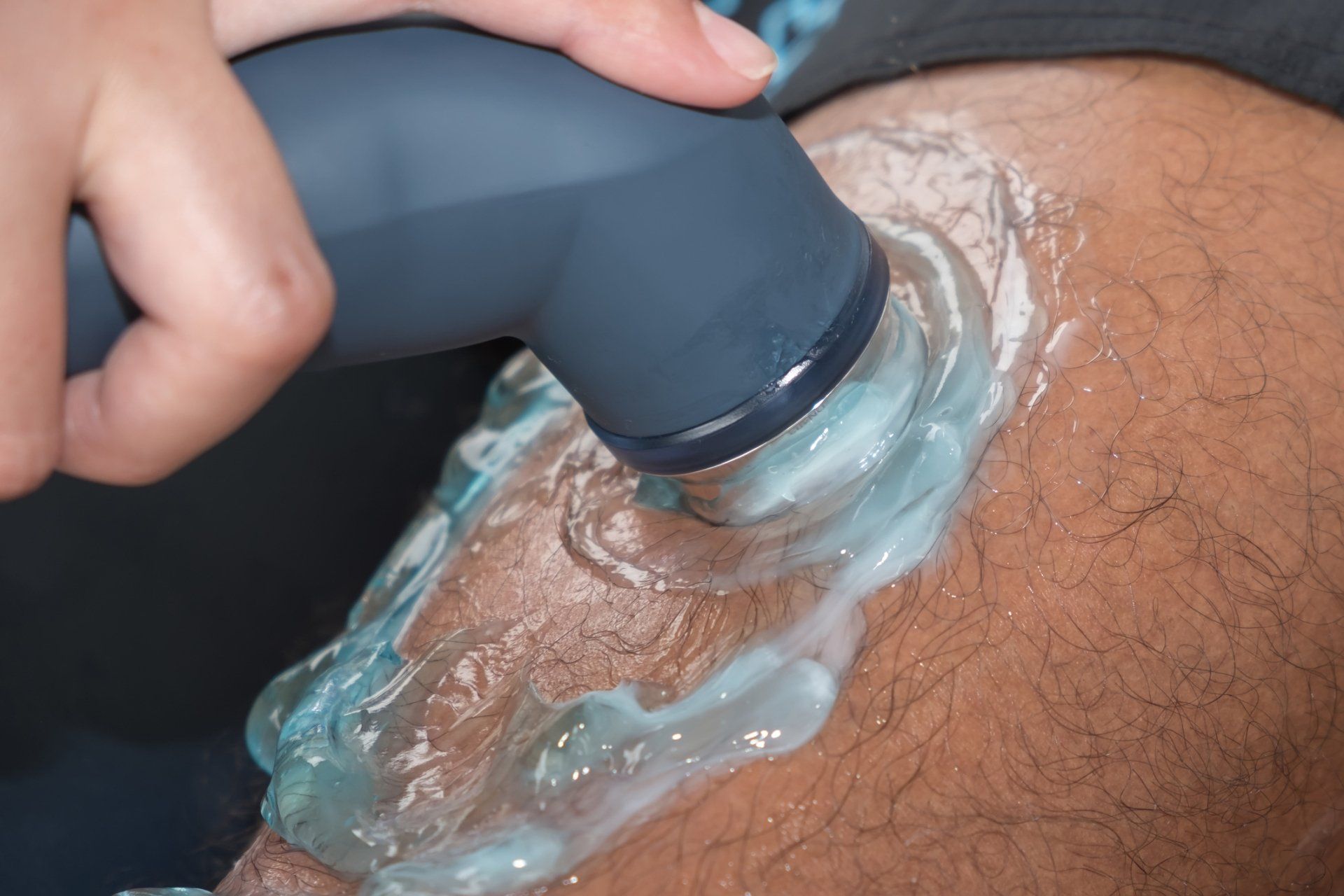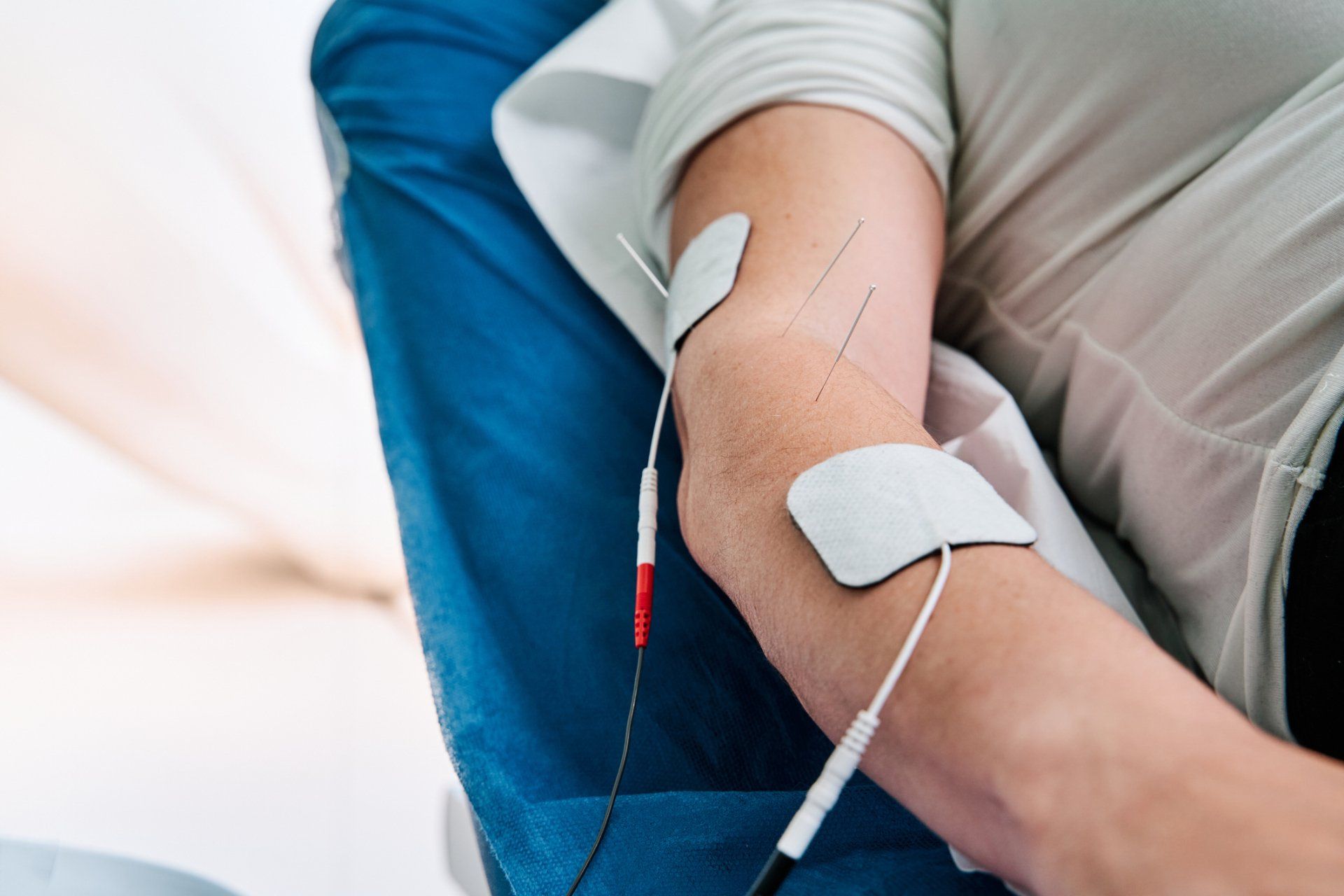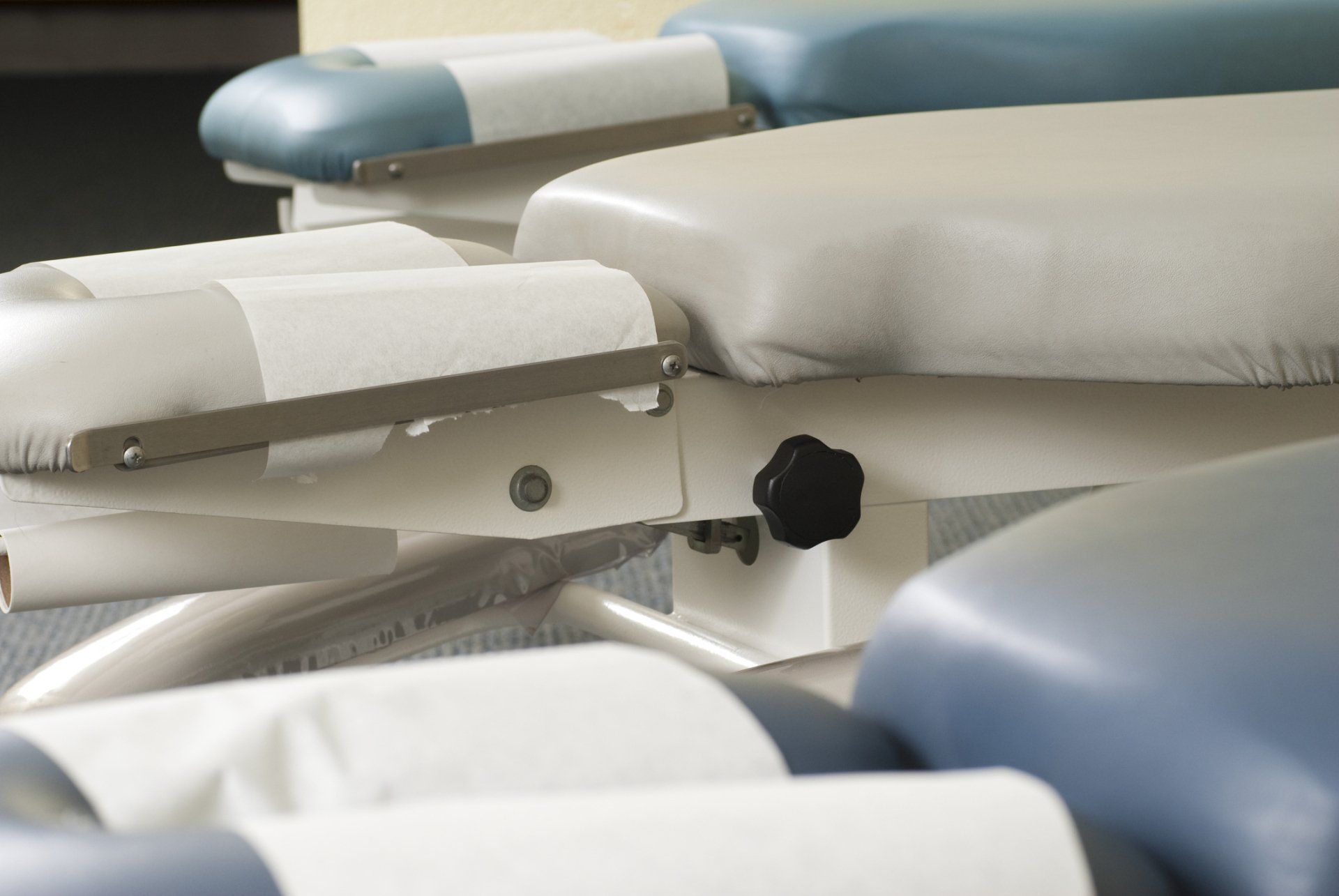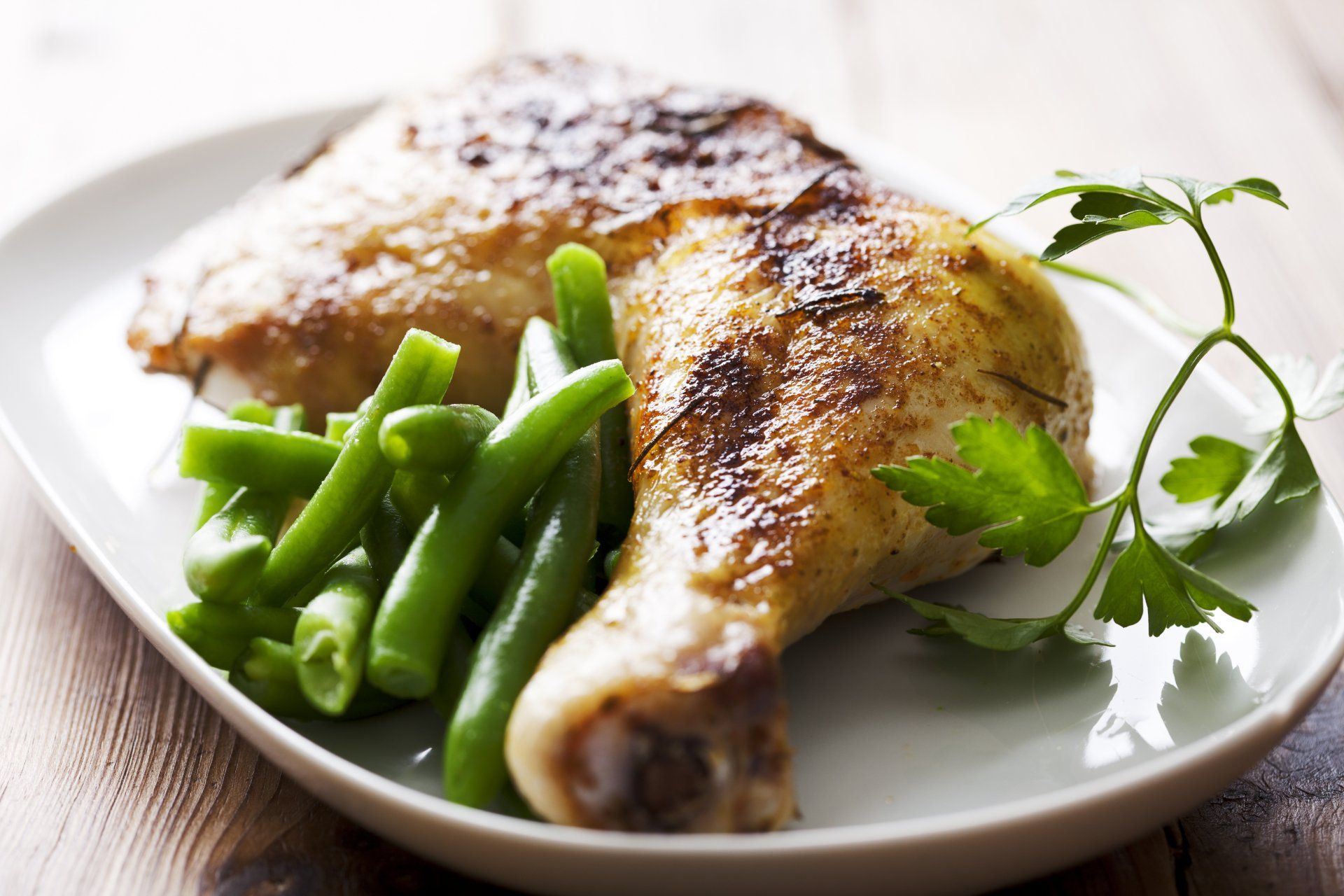Clemons Chiropractic Services & Techniques
At Clemons Chiropractic and Acupuncture, we take great pride in providing the finest chiropractic care to each and every patient. We have included information below about the different chiropractic services offered in our St Louis chiropractic office, but please call us at 314-429-2929 if you have any questions!
Acupuncture
The practice of inserting fine needles on specific meridian points for the purpose of relieving tension, stress, and pain. Highly useful in the treatment and relief of back pain. Acupuncture may also possibly increase fertility. This technique is always personalized to help you achieve the best results.
Chiropractic Care
We provide advanced spinal correction and chiropractic adjustments utilizing "state of the art" chiropractic techniques. Never in the history of chiropractic care have chiropractors been able to provide the level of help and expertise that is available today. Many of the newest chiropractic techniques are actually safer, more comfortable and more effective than ever before. As a chiropractor who cares about utilizing the most advanced chiropractic techniques, Dr. Jeannine Clemons has years of training, expertise and experience in helping patients get pain relief for back pain, neck pain, headaches, and other related conditions originating from the spine. Chiropractic care under a trained professional can even be used to prevent injuries and help you achieve total health or wellness.
Cold Laser Therapy
Cold laser therapy, also known as low-level laser therapy (LLLT), uses light to treat various conditions. Unlike other types of laser light, cold laser therapy does not produce heat or vibration in the parts of the body being treated. Many therapists, including chiropractors and physical therapists, use cold laser therapy to treat conditions such as joint disorders, low back pain, carpal tunnel syndrome and many more.
Cold Therapy
Applying ice after an injury is a common method for reducing pain and swelling. It is especially effective for athletes, who often experience sudden, painful injuries. This type of cold therapy, also known as cryotherapy, is used by chiropractors for the same purposes.
Corrective Exercises
At Clemons Chiropractic and Acupuncture, we teach our patients how to perform therapeutic exercises which can help strengthen and correct the irregularities in their body which may be causing pain. Many of these corrective exercises can actually be performed in the comfort of your own home to help improve the effectiveness of your chiropractic care and spinal correction plan. In addition to skeletal misalignment, you may be experiencing pain that is caused by muscles and connective tissues which are out of their proper place. Other types of pain such as back pain, neck pain, and headaches are caused by muscles and tissues that are being used improperly, causing injuries over time. In each case, targeted corrective exercises and stretches from our experienced chiropractor will help you feel good while also helping your body achieve balance and health.
Diathermy
This practice is a dry heat source that will warm the tissues underneath the skin to help stimulate blood flow and healing to the area.
Drop Table Technique (Diversified Thompson Technique)
Gentle chiropractic treatment, such as drop table techniques, involves less powerful spinal maneuvering and slower, low-velocity movements that allow the affected joint to stay within its passive range of motion.
Electrical Muscle Stimulation
A type of physical therapy treatment that utilizes various frequencies and wave forms of electrical current, which have therapeutic effects on the nervous and musculoskeletal systems.
Heat Therapy
Most people have used heat at one time to sooth normal aches and pains — such as the use of a hot bath, a moist heating pad or even an old-fashioned water bottle. Even today, these types of heat therapy play an important role in chiropractic practice to increase circulation and relax the muscles. At the same time, heat therapy can help reduce pain.
Intersegmental Traction
This treatment is a relaxing form of massage that allows the movement of the spine by using a dual roller system to move up and down the muscles bilaterally. This treatment helps to increase blood flow and oxygen to discs, ligaments, and muscles.
Lifestyle Advice
Many of our patients come to see our chiropractor to address a specific pain symptom such as back pain, neck pain or headaches. While our chiropractor will address each patient's specific condition with chiropractic care, we often find it helpful to "coach" our patients towards achieving a healthier lifestyle. For example, there may be certain activities that you should avoid or do differently to prevent yourself from unintentionally aggravating your particular health challenges. The goal of including lifestyle advice with a chiropractic care plan is to help each and every patient achieve the fulfilling and happy lifestyle they deserve, one that is full of the activities that are enjoyed most. We recognize that every single one of our patients is a whole person, and we use our expertise to help them reach total health and wellness.
Manual Technique (Hands-On Adjusting)
Manual therapy, also known as manipulative therapy, is a physical treatment used by chiropractors to treat musculoskeletal pain and debility.
Nutritional Counseling
What does nutrition have to do with chiropractic care? The goal of chiropractic care is to help patients achieve total health and balance with their body, and as part of that goal we provide specific recommendations on nutritional supplements and healthy food choices. Nutritional counseling by our experienced chiropractic health professionals can assist a patient on their return to optimal health. Do you know which supplements and vitamins are good for you? Do you know how these supplements and vitamins interact with one another? At our St Louis chiropractic clinic, we can provide each patient with a structured nutritional program that is based on their individual needs.
Spinal & Postural Screenings
There is a saying that an ounce of prevention is worth a pound of cure. Your spinal health is no exception. Posture and spinal screenings by a trained and experienced chiropractor such as Dr. Jeannine Clemons can help reveal important health information, unlocking the door to improved health and well-being. Contact us today at
314-429-2929 to arrange an in office appointment.
Ultrasound Therapy
Our doctors use this technique to speed the healing process by reducing inflammation that can be seen in conditions such as:
- Plantar Fasciitis
- Sprains & Strains
- Osteoarthritis
- Myofascial pain
- Carpal tunnel syndrome
- Motor Vehicle Injury


